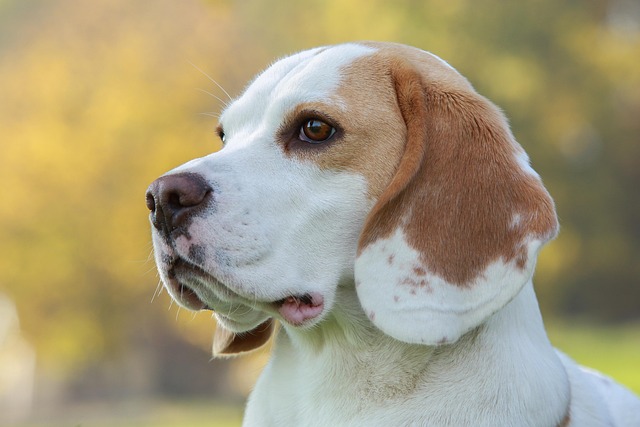
How to potty train a beagle?
Beagles are clever, curious, and blessed with a nose that can lead them astray faster than you can say “treat.” These traits make potty training a unique adventure—one that requires patience, consistency
Cocker Spaniel’s wagging tail and eager eyes make them a joy to be around—but that same enthusiasm can turn into a problem when they dart after a passing cyclist or vanish into a bush. Getting them to pause, turn, and race back to you on command isn’t just a party trick. It’s the foundation of a safe, happy life together, whether you’re strolling through a neighborhood park or hiking a wooded trail.
Training a Cocker Spaniel to come when called isn’t just about convenience—it’s a safety must, especially in areas where local leash laws apply. These energetic dogs, with their floppy ears and endless curiosity, can easily get distracted by a fluttering butterfly or the scent of a nearby squirrel. Start small, indoors, where distractions are minimal. Call their name in a bright, upbeat tone, and when they bound over, reward them instantly with a tiny piece of chicken or their favorite toy. Consistency here builds trust—they’ll learn that “come” means good things happen.
Move outdoors gradually, choosing quiet spots first. A fenced backyard works well for initial steps. Use a long line if needed, but avoid yanking it; gentle guidance teaches better than force. If your Cocker ignores you, resist the urge to chase. Instead, back away slowly, clapping your hands or showing a treat—this often sparks their desire to follow.
 Social settings add complexity. At the dog park, practice recall between play sessions. Start with short distances, praising enthusiastically when they respond. Over time, increase the distance, but never set them up to fail. If other dogs distract them, try a higher-value reward, like freeze-dried liver. Remember, many communities have strict rules about off-leash behavior—always check local ordinances to avoid fines or conflicts.
Social settings add complexity. At the dog park, practice recall between play sessions. Start with short distances, praising enthusiastically when they respond. Over time, increase the distance, but never set them up to fail. If other dogs distract them, try a higher-value reward, like freeze-dried liver. Remember, many communities have strict rules about off-leash behavior—always check local ordinances to avoid fines or conflicts.
Patience is key. Cocker Spaniels thrive on positive reinforcement, so never scold them for returning late. This only makes them hesitant to come next time. Instead, focus on celebrating every success, no matter how small. With daily practice, most Cockers master reliable recall by 6-8 months, though occasional slip-ups are normal—especially during their playful adolescent phase.
End each training session on a high note. A quick game of fetch after a successful recall reinforces the bond between you. As your Cocker grows more confident, you’ll both enjoy the freedom of off-leash adventures, knowing they’ll race back when called. After all, a well-trained recall isn’t just about obedience—it’s about keeping your beloved companion safe and happy.

Beagles are clever, curious, and blessed with a nose that can lead them astray faster than you can say “treat.” These traits make potty training a unique adventure—one that requires patience, consistency
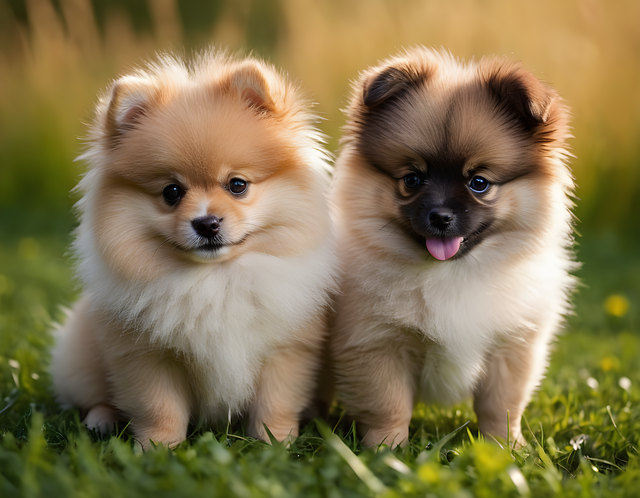
Dogs rely on scent and routine to decide where to relieve themselves, but getting them to stick to a single spot can save you from endless carpet cleanups or awkward neighbor chats.
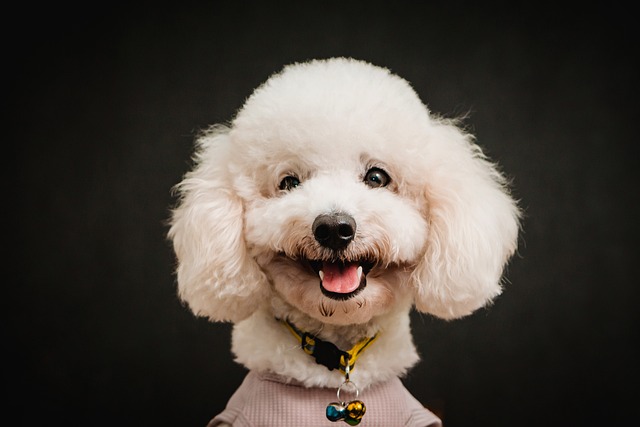
Potty training a teacup poodle isn’t a race, but most owners want a rough timeline. These tiny pups, weighing just 4-6 pounds when full grown, have unique challenges—their small bladders mean they can’t hold it as long as larger breeds.

You’ve just welcomed that adorable Golden Retriever puppy into your Brooklyn apartment, only to discover your hands now resemble Swiss cheese
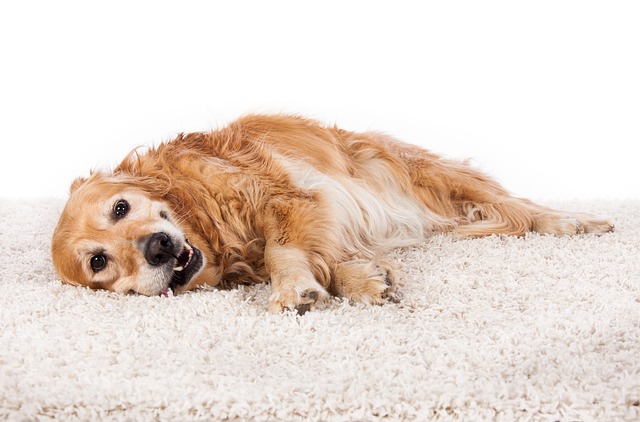
That heart-pounding moment when your rescue terrier snaps at the delivery driver’s ankle, or your puppy’s playful mouthing leaves scratches on your toddler’s hand – it’s terrifying.
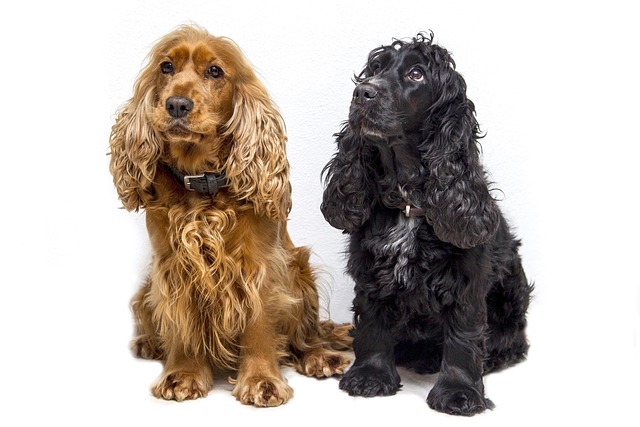
Cocker Spaniel’s wagging tail and eager eyes make them a joy to be around—but that same enthusiasm can turn into a problem when they dart after a passing cyclist or vanish into a bush.